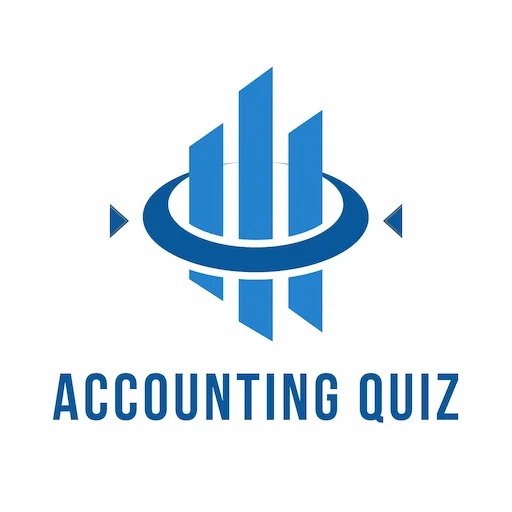secondary markets for bonds
Secondary markets refer to the trading of previously issued bonds. While some government bonds and corporate bonds are traded on exchanges, the great majority of bond trading in the secondary market is made in the dealer, or over-the-counter, market. Dealers post bid (purchase) prices and ask or offer (selling) prices for various bond issues. The difference between the bid and ask prices is the dealer’s spread. The average spread is often between 10 and 12 basis points but varies across individual bonds according to their liquidity and may be more than 50 basis points for an illiquid issue.
Bond trades are cleared through a clearing system, just as equities trades are. Settlement (the exchange of bonds for cash) for government bonds is either the day of the trade (cash settlement) or the next business day (T + 1). Corporate bonds typically settle on T + 2 or T + 3, although in some markets it is longer.
One example of a secondary market transaction in bonds is a tender offer, in which an issuer offers to repurchase some of its outstanding bonds at a specified price. Typically, a tender offer involves bonds that are trading at a discount. For example, if a corporate bond is trading for 90% of par value, the company might offer to repurchase part of the issue for a higher price (say 93% of par value). This has advantages for both the issuer and the bondholders. The bondholders can receive a higher price for their bonds than they can currently obtain in the market, and the issuer can pay less than face value to retire the bonds
